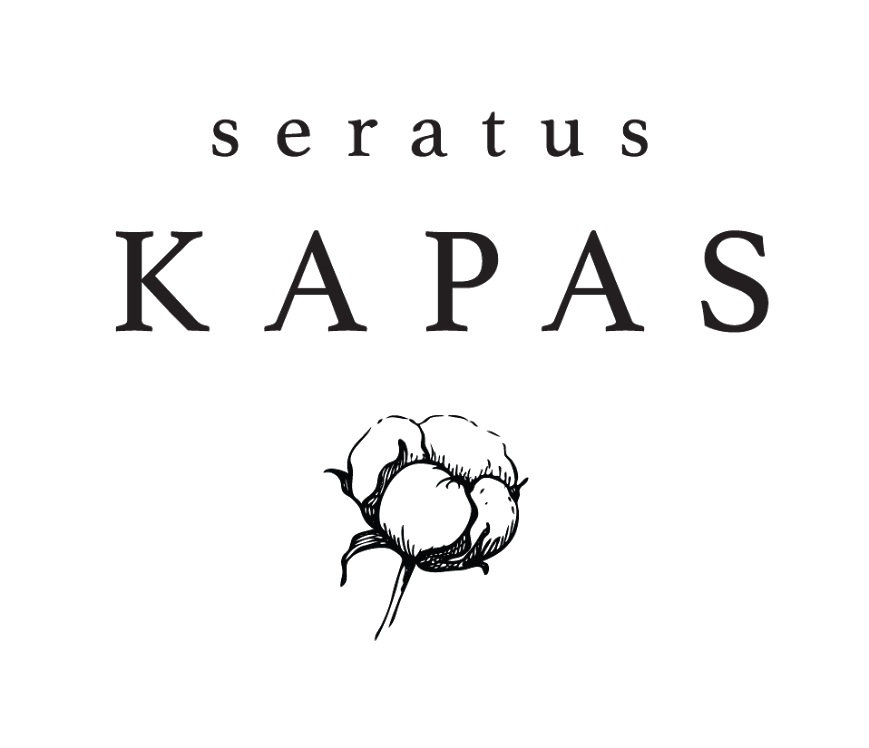After the fabric has been woven, it’s removed from the loom and is ready for the final step: processing. Fabric that’s fresh off the loom is called greige, and it looks nothing like the crisp white sheets or clothing you’re used to. It’s discoloured and full of impurities, seed particles and debris. Before it can be transformed into useful textiles, it must be cleaned. Next, it’s treated with a variety of chemicals and cleaners to remove oils, wax and other elements that are naturally occurring in most fibers.
Next the fabric go to a machine called mercerizer. The Mercerizer contains a chemical solution, including caustic soda (also called lye), which is kept at moderately low temperatures. The mercerization process increases the size of the pores on the fabric threads, making it easier for them to accept color during the dyeing process. Without mercerization, bright, bold fabrics would not be possible. Then we know this fabric by RFD or Ready for Dye fabric. It is different from the retail fabric we found in fabric retail store.
Pre-washed
We get our raw fabric fresh from the factory, the factory weaves threads to become fabric, means all our fabrics has not yet being pre-production processed and the hands-feel are all stiff. Any article or fabric made by big percentage of natural fibre will shrink when it first washed. So we need to process the fabric first before any other producing garment to avoid problems. Pre-washed garment are more likely to retain their size and shapes because any shrinking of the material was done prior to manufacturing. The other benefit of pre-washed fabric is it tends to fade less which means they better retain their colour and are not likely to bleed when first washed. Seratus Kapas Main Fabric are Linen and Cotton, which the percentage of their natural fibre bigger than the other fibres, so it is likely best for us to be treated as Linen and Cotton worth. Pre-washed also provide softer hands-feel to the fabric, so we can maximise our design according to the true drape shape of the fabric. Sizing is a chemical that stiffen the fabric, and it can be reduce this chemical excess.
Fabric Dye
Design and Pattern Construction
Now we have our fabric processed and dyed, we confident we get the best of our fabric on hands feel, distinct colour and pure structure, we are are ready to meet them with our crafter.
Design is the general idea of a product, and it is translated by the crafter, and in this industry we often knew them as seamstress or tailor. When design made, it is always base on the knowledge of the fabrics, the character, the structure, drapery and so on. Design is not only imagining but also construct. Seamstresses and tailors both work in the textile industry. Their jobs entail sewing, mending and altering clothes and garments made from various fabrics. So we work closely with them so translate out mind to you as the visual speaks more than words. Our garments be the language.
HOW WE DO WHAT WE DO
We are inspired by a simple life we could have when we are imagining beach, savanna, river stream, mountains and crop field.
Idea
Inspired by nature and the diversity of linen and cotton fibres, Seratus Kapas grow from ideas to art piece.
Sketch
From the concept we incubate, we make the presentation out of sketches. The best presentation is one that speak a language through images.
Design
Our design made sincerely upon the idea to take comfort to another level of stylish and simplicity. Comfort is everything yet style is the core.
Develop
We gathered craftsmen and support across Bali to Jakarta, to make Seratus Kapas a homeland to all.
Test
All product have been tested for comfort and look. Our gold samples have proven them satisfying.
Celebrate
Why don't we connect ourself together by sharing your email, and we might have a chance to meet for a cup of coffee in the future. Cheers.



